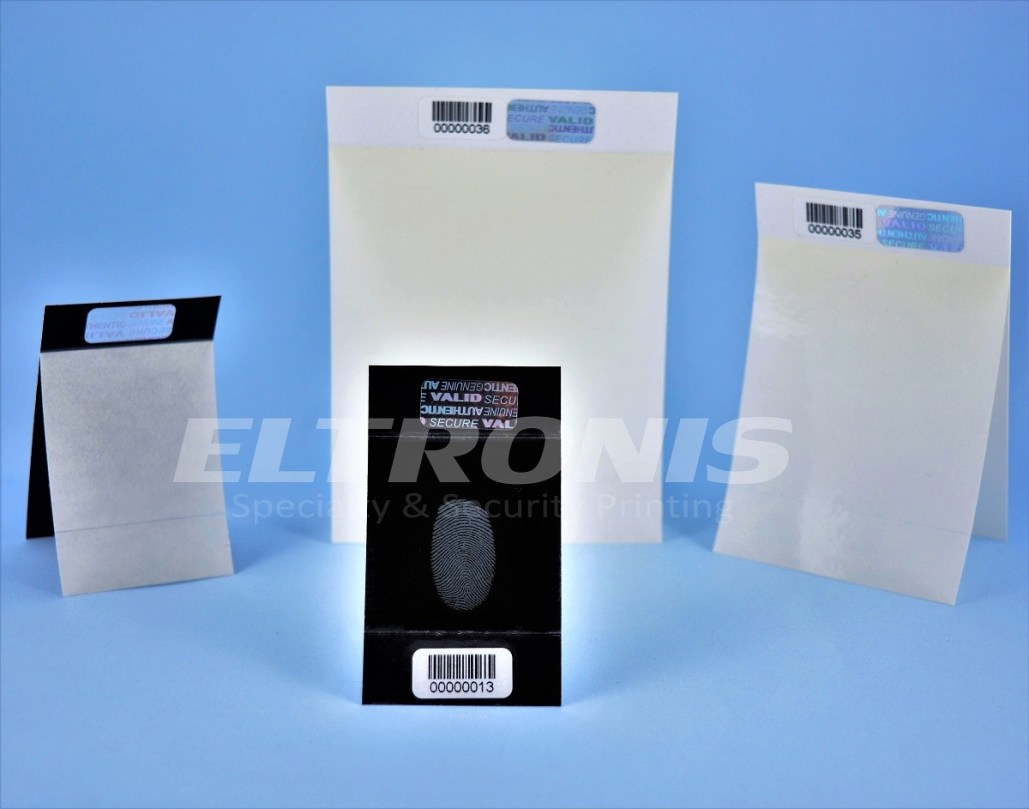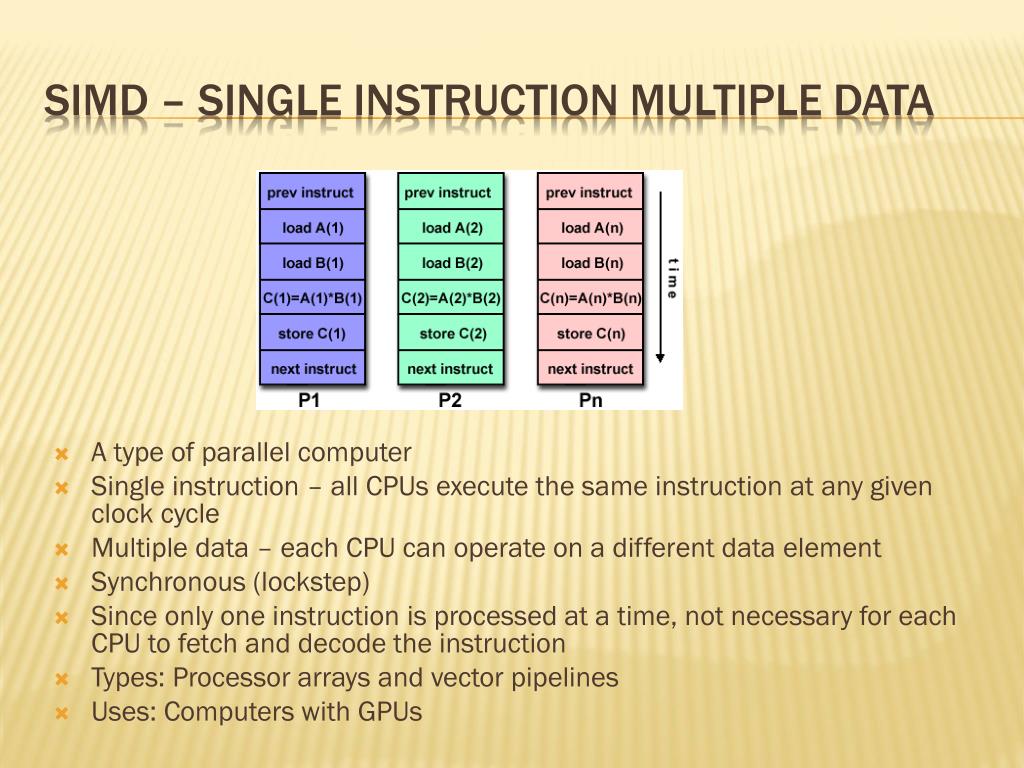


Most protocol use a header that, like most paper mail envelopes, also include the source address and a few other bits of transmission-related information. Like a paper envelope bears the destination address used by the postal workers that carry the mail to the correct destination address. The header contains the destination address information used by all the routers and switches to send the complete packet to the correct destination address, If the computer sees that the packet is addressed to itself, and has no errors, then it discards the wrapper and keeps the data. In a similar way, once a computer receives a packet, it immediately throws away the preamble. Does this mean the "overhead" of the envelope is useless ? No. She already knows the address of her own company. The accountant at the electricity company throws away the envelope when she gets the check. We will talk more about what we do with this error-detection information in the next chapter, Serial Programming/Error Correction Methods. We take the data (the "check") we want to send to a particular computer,Īnd we place it inside an "envelope" that includes the address of that particular computer.Ī packet of data starts with a preamble, followed by a header, followed by the raw data, and finishes up with a few more bytes of transmission-related error-detection information - often a Fletcher-32 checksum. The idea is very similar to putting a check in an envelope to mail to the electricity company. Just about every idea for communicating between computers involves "data packets", especially when more than 2 computers are involved. Hayes-compatible Modems and AT Commands Serial Programming: Introduction and OSI Network Model


 0 kommentar(er)
0 kommentar(er)
